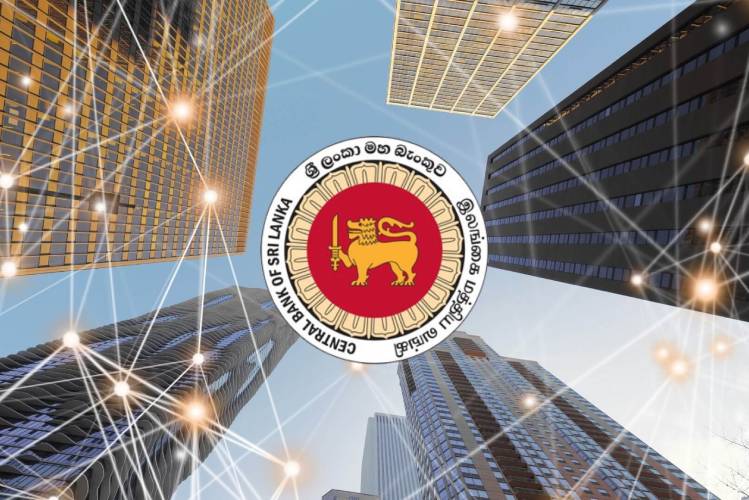“Diagnostic study” to be centered around big banks which have substantial exposure to Fx bonds and loans
State-owned Bank of Ceylon and Peoples’ Bank included in the list of nine big banks to be studied
Depending on the need, CBSL says might opt for re-capitalisation
Certain Sri Lankan banks might have to be infused with fresh capital after the conclusion of what the officials call a “diagnostic study” launched into big banks to assess the extent of the implications coming from higher provisions made for losses on foreign currency-denominated financial assets and the additional losses stemming from possible bad loans.
Although there aren’t any imminent concerns about their stability, Sri Lanka’s banks are currently undergoing their most painful stretch of combined stress coming from the worst economic crisis the country has ever confronted this year, just as they were coming out of pandemic-related complexities, testing their resilience for the second time within a matter of two years.
For instance, cracks were already seen in their asset quality as scores of borrowers fell behind their loan payments amid soaring interest rates and runaway inflation, together with the provisions made entirely for the investment they held in the bonds the Sri Lankan government issued in foreign currency which started to weigh significantly on their profits and thereby the capital buffers.
Meanwhile, the growth prospects are muted except for certain pockets in the loan portfolio such as the gold-backed loans as the economy is on course to shed nearly 9.0 percent of its size by the year’s end, reflecting how deep the cuts on consumption and investment spending by the economic actors.
Amid these concerns, the Central Bank has undertaken a diagnostic study of all big banks including the two State commercial lenders to identify any potential capital deficiencies arising out of the above shocks.
Separate reports on the matter have shown that nine systematically important banks, including Bank of Ceylon and People’s Bank, are subjected to the said study and would be conducted by an auditor, different from the bank’s present external auditor.
If there are any signs of want of fresh capital, the Central Bank officials said they may have to go recapitalisations.
“There is an effort to do a diagnostic study, especially on the big banks. And after that study, we will be doing an assessment. And based on that assessment if capital requirements are needed, we have to go for recapitalisation also,” said Central Bank Deputy Governor M.T. J.Y.P Fernando.
It is immediately not clear if the said diagnostic study is part of the staff-level agreement entered into with the International Monetary Fund to bail out Sri Lanka from its current depths to reassure that the country’s banking system remains relatively sound.
However, Fernando said the study would help them to make a proper assessment of the banking sector which they were prevented from doing during the two years of the pandemic due to the moratoria and other concessions which may have hidden the true nature of the asset quality.
Currently, as an interim measure to soften the sudden shocks on their capital, the Central Bank practices some forbearance on banks’ capital standards as the banks are allowed to make use of the additional capital buffers which are available under BASEL III.
Further, the regulator has also made provisions to make possible the staggered recognition of the impacts on their balance sheets coming from the sudden surge in the interest rates by way of hefty provisions against possible loan losses.
Besides the above, the Central Bank will also stand ready to provide further relief if required, depending on how the rates and other elements in the market develop to alleviate undue pressure on their capital.
Daily Mirror

